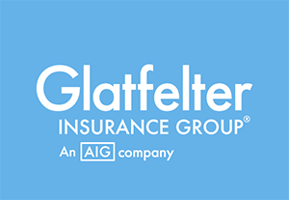Claims instructions and forms can be accessed through any of our divisions’ websites, and are available here:
www.glatfelters.com/claims
- Have your insurance agent’s name and phone number readily available.
- Carefully survey all damage and take photos first if you are able to do so safely.
- When you call your agent, you will be asked to: describe the property and/or auto damage in detail and discuss the type of damage.
- Be sure to provide your agent with quality contact information where you can be easily reached.
- Take inventory of personal property and portable equipment that has been damaged, and set aside for your claims adjuster to inspect.
- Use tape or yard sticks to measure and photograph water levels on vehicles.
- Do not attempt to operate a vehicle that has been submerged in water.
- Do not provide personal or sensitive information to anyone other than your insurance agent and dedicated claims representative.
